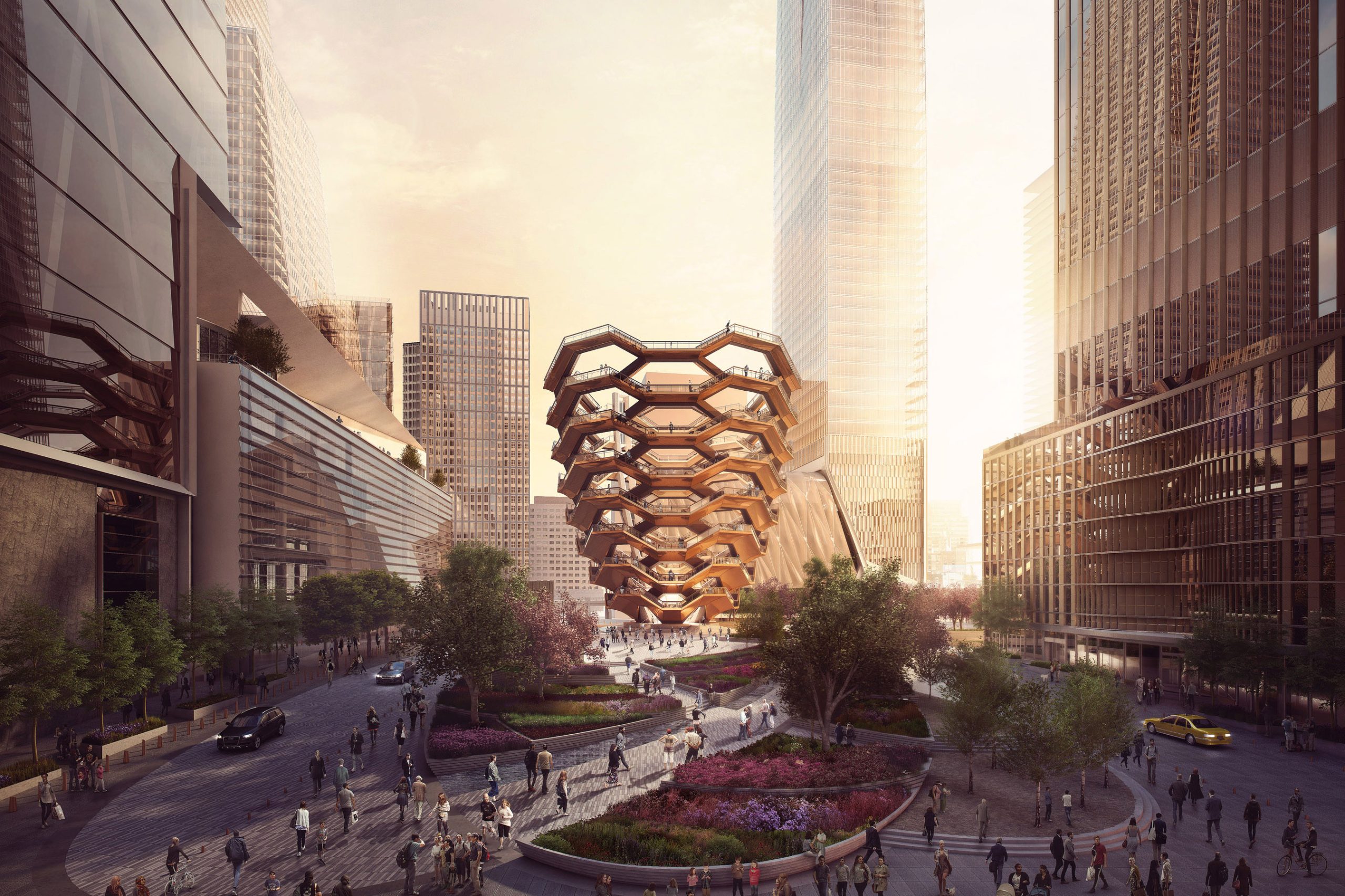Over the last 10,000 years, the city has become the ultimate machine for generating designed experiences at considerable scale.
Nothing, of course, is free: and with great progress comes great challenges. Not least that in the last decade or so, the very place where we have learnt to live in extraordinarily high numbers is also the place where many of us feel most alone, detached, atomised.
And don’t forget the impact of increased migration to the city, which is already home to 54% of the world’s population, and which in 2050 promises to house a staggering seven billion humans. According to some of the most pessimistic doomsayers, up to 30% of commercial real estate in cities like London and New York will be empty by 2030.
But if no one works in the city centre, what does that mean for the office blocks, sandwich shops, and town squares? And if billions more move to cities like New Delhi or Shenzhen, what will that mean for those new city-dwellers’ experience of life?
Adam Scott and his team at FreeState have been working on these problems for over 20 years. Starting out in the worlds of arts, events and storytelling, they’ve since executed brand experience projects for the likes of Sony, Samsung, CES, Nike and Melbourne Airport, all centering around the question: how do we attract people, evolve them, and make them feel like they belong? They think experience design can offer new solutions to this question.
Along the way, they’ve conceived a model that makes sense of how experience design fits into the thorny challenges ahead from a policy, process, enabling, and delivery perspective.
Read on to discover how you can better understand where your experience design work fits into this ‘experience master planning’ schema – and how you and your organisation can both climb the value ladder, in terms of impact and financial reward. Roll on Xday.
To watch the full recording, participate in the interactive Miro board set up by Scott to continue the conversation, or join the discussion at future Campfires, apply to join the WXO today.
Cities Are Experience Design At A Grand Scale

The business of experience design and changing the way people feel, think and act through narrative experiences began 35,000 years ago with the shaman in their cave.
This was an immersive environment built around understanding the audience, drawing people into a dark space and immersing them through sound, rhythm, light, fire, food, and dance. The energy created meant that they’d remember the experience their whole life and tell others about it. It was the ultimate transferable story, and experience design in its first form.
The first cities, like the great city of Ur in Mesopotamia that was founded 10,000 years ago, are essentially another version of this experience design, but at a super scale.
“Cities are the ultimate engine for collaboration and competition at scale.”
Adam Scott
They have always been carefully controlled environments that contain the opportunity for festivals, markets, rituals, processions, and can be seen through the lens of making your mark, being in control, going beyond the individual, and belonging together.
Modern experience designers are brilliant at understanding the importance of this gathering, shared interest, and identity. Experiences help us forge a collectively understood identity, build relationships at an ever greater scale, and connect and explore collective identity. As masters of gathering, the opportunity for experience designers to enter the city’s realm of collective identity is clear.
Your City Is Suffering
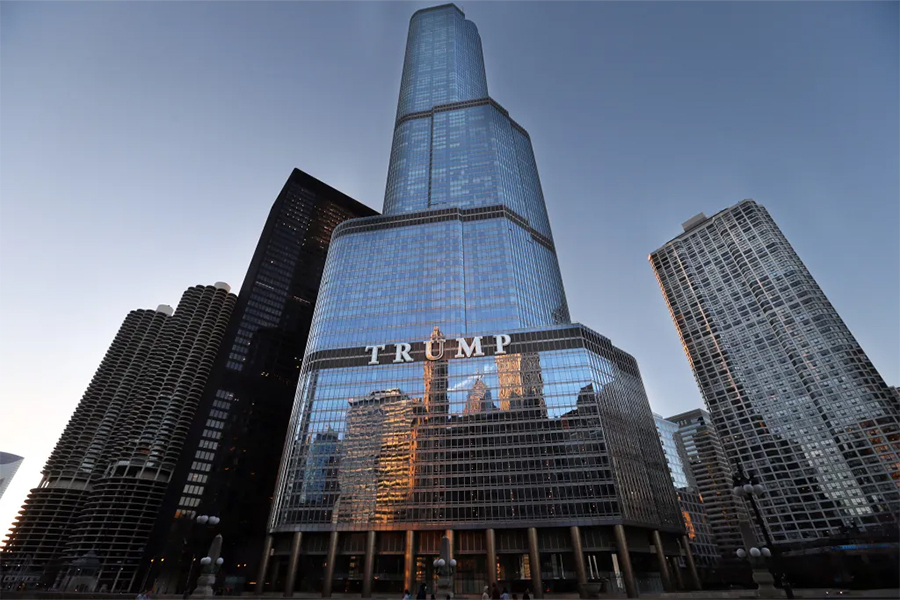
Cities might have the potential to be engines of collaboration – but at present, they are struggling. Three million people are moving to cities every week, and rapid urbanisation means that by 2050, there’ll be seven billion people living in cities. These changes are establishing a new set of emerging needs for the people who live there.
Our cities are suffering an identity crisis. Looked at through the lens of urban design, they strive to make the biggest architectural gesture possible.
This has resulted in homogenous developments that lead with spectacle and are led by large development companies. From Trump Towers to Hudson Yards to the Burj Khalifa, they identify themselves through bombastic words of grandeur: iconic, luxury, vista, spire, pinnacle, mirage, prime, atlas…
“These developments have enormous elan and great scale, but they are about broadcast, not conversation. They have little interest in the street or individual.”
Adam Scott
Looked at through the lens of the individual, city-dwellers are also suffering an identity crisis. They have been reduced to a unit; a process that was only accelerated by the pandemic.
There is an irony that we feel at our most alone in cities, and that the technology that has been sold to better connect us is making us ever more atomised and polarised.
As we get lost in our own little units, we’re building the wrong things – because we have the wrong activities in mind. It might feel strange that amid such rapid urbanisation, real estate vacancy rates are soaring, but many cities are already going this way. Croydon High Street in London, for example, already has a 78% vacancy rate. We need to rely not on urban design, but experience design, to light the way forward.
We Need A Machine For Belonging
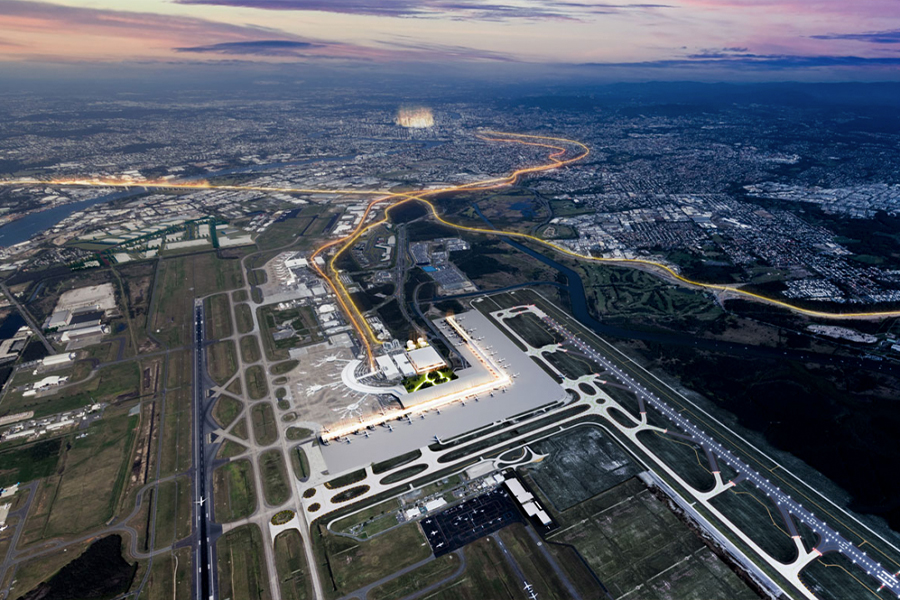
In The Strength of Weak Ties, sociologist Mark Granovetter argues for the importance of “weak ties” over “strong ties”.
These are those relationships that require little investment and are the result of the chance encounters and delicious moments of serendipity that arise when we gather, particularly in wide groups. These ties are open to possibility: they help us explore new identities and inspire belonging.
“When people lack a sense of belonging, it’s a strong predictor of depression.”
R Williams and Bonnie M Hagerty, University of Michigan
If we can start designing experiences that help people get out into the public realm, they’re more likely to meet someone outside their usual environment who may become the partner of their dreams, both in life and in business.
“Cities need to become engines for belonging like they once were.”
Adam Scott
In short, we need to redesign cities for humans. We all need to be part of a group – and experience designers, the masters of gathering, are catalysts for that.
Your City Needs An Experience-Led Approach
Experience design offers various methods that might guide this redesign, for projects, organisations and continual improvement.
An Experience Design-Led Approach… For Projects
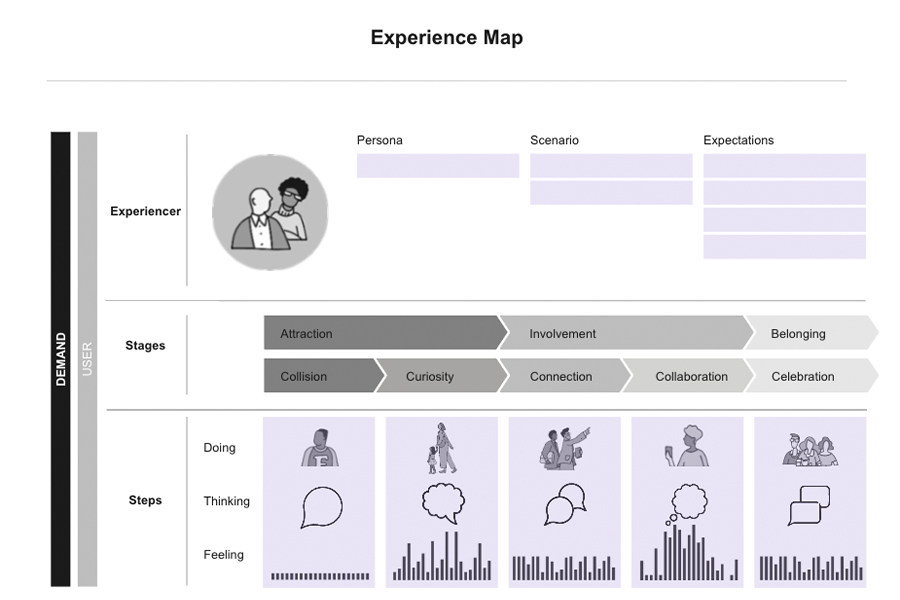
As experience designers, you likely already have a methodology for gathering that obsesses on the experience of your user – their thoughts and feelings at different steps of your experience, from attraction to involvement to belonging.
Below this line, you’ll rally the enablers of this journey: the people and culture, branding and communications, technology and platforms, and places and spaces that work in concert to bring all those touchpoints into action.
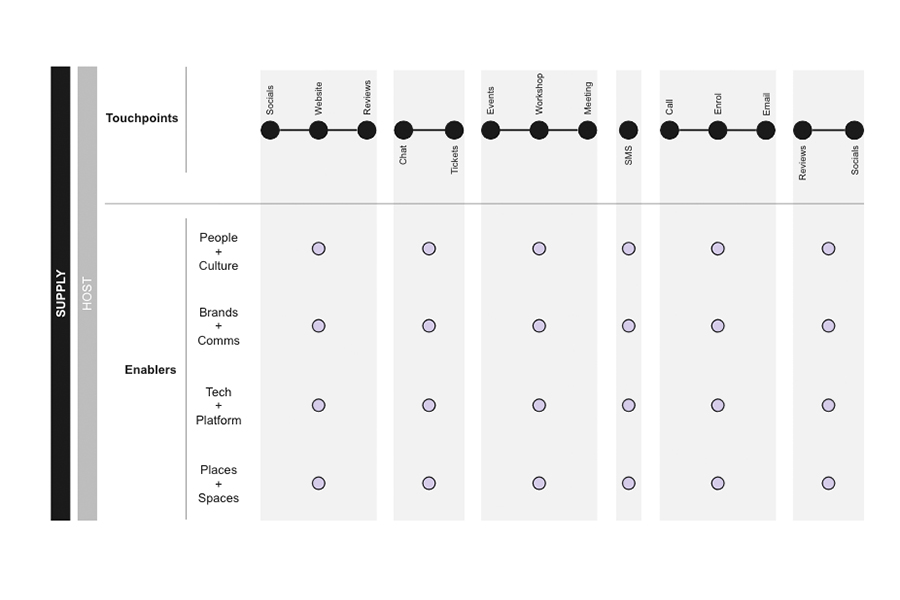
FreeState’s work with Brisbane Airport, a future Olympic city, reflects this experience design process. They began by thinking about the passenger journey and how this could inform the vision for the terminal, taking qualitative research about what passengers would think, feel and do and weaponising it with quantitative research.
Below the line, they got stuck into what this might look like for services, programming, interiors, infrastructure, and so on.
An Experience Design-Led Approach… For Organisations
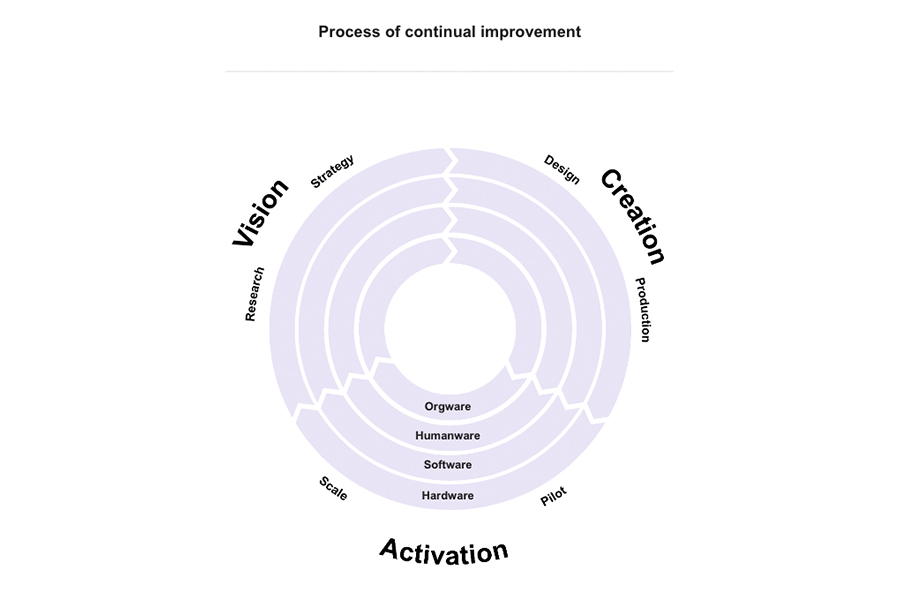
Organisations need a keenly understood shared purpose. Experience designers develop this by beginning with obsessing about the activities, then use this to form the enabling idea, then work their way up to inform the purpose, identity and values that inform the project. This then filters down to commissioning and briefing every element of the environment, creating meaningful experiences based on this shared purpose.
FreeState’s work on Nike’s headquarters in Portland, Oregon is an example of this kind of experience design process. Its shared purpose of “innovative collaboration” is the engine that constantly attracts people onto campus on their own terms, rallies everyone, and leads to better briefs.
An Experience Design-Led Approach… For Continual Improvement
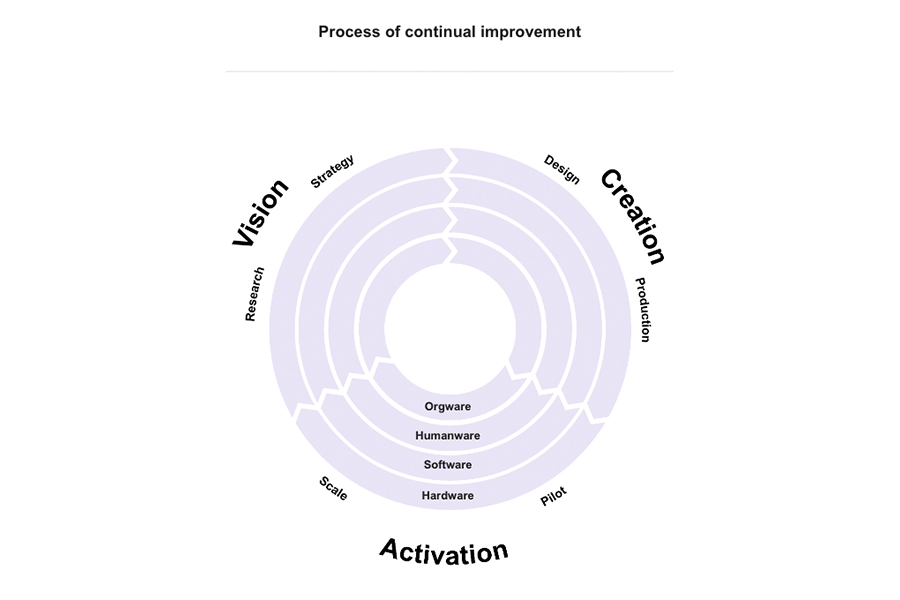
In this methodology, the vision – formed from research and strategy – becomes the activation, which should ideally get better with time thanks to piloting and scaling. The activation is a combination of four elements:
- Hardware: the physical elements of the experience.
- Software: the programmes that inform it.
- Humanware: people, teams and culture.
- Orgware: governance and policy.
At the University of Leeds, for example, FreeState reimagined the campus to solve the problem of students being stuck in their rooms, by creating piazzas adjacent to student hubs. These spaces were then adjusted for the long-term, turning an initial five-week project into a five-year one.
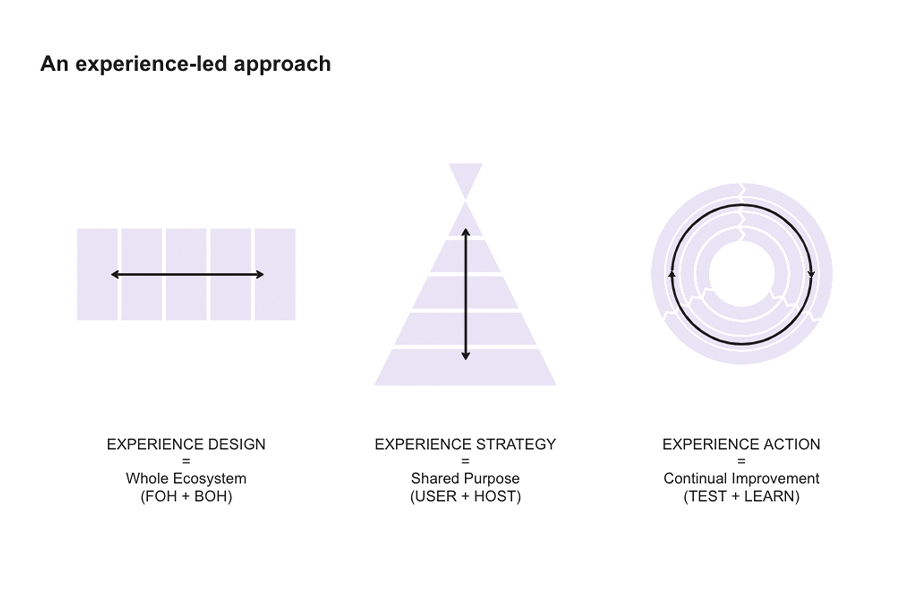
Taken together, these experience design-led approaches form a horizontal methodology that connects all departments. Experience design is also vertical in that it’s not just interested in design and creativity, but also vision, live activation, testing and learning, and is always in action. After all, projects are never finished, and audiences are always changing.
A City-Life-Ecosystem Of Connected Capabilities
Cities are becoming ever more distant from the people they are there to serve. So using an experience design-led approach, to what extent might experience designers be able to gather together to work at this scale and solve these challenges?
To begin answering this question, Scott and his team have developed the City-Life-Ecosystem: a model that shows how the market currently meets demand, and how we might do things better in future.
In this model the hardware is property, the software is dynamic programmes, the humanware is people, culture and behaviour, and the orgware is policy and government. The whole structure is broken down in terms of process: vision, creation, and activation.
As an experience designer, you may currently sit largely in the software realm of the live programme, with some extension into placemaking. However, what might happen if we extended the reach of experience design across all these realms?
“We need to get involved to bring together our multiple capabilities to create extraordinary stories and experiences. The city needs your experience design: not just as activators, but as experts with the knowhow to create a human-scale city.”
Adam Scott
How might experience design work higher up in the world of strategy, draw in the world of property, and see it as a process of continuous improvement that can scale at every turn?
The WXO Take-Out
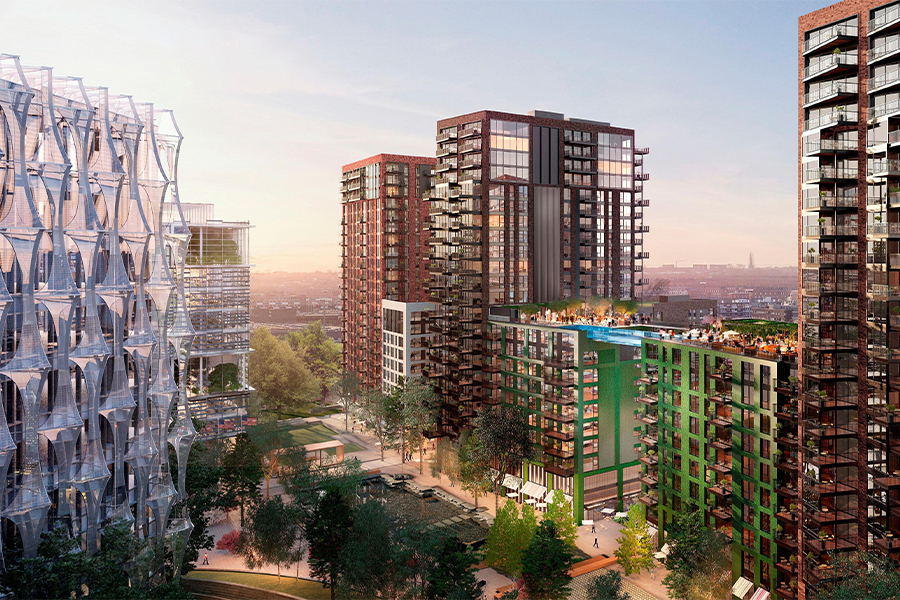
We believe that Scott’s work represents a real opportunity for the world of experience design to be taken more seriously.
There is a problem in our cities and an opportunity to lean into an experience design process to help solve it, have an impact, and give a real competitive advantage that helps us make money along the way.
It’s why we’re starting a WXO City Taskforce to start examining exactly this and develop a shared understanding of our role.
Having awareness of experience design’s part in this ecosystem also puts creators in a strong position in the conversations they have. One of the reasons that the WXO is cross-sector is that the better we understand the entire ecosystem, the stronger our position – and perhaps our ability to own the ecosystem altogether…
So next time you’re designing an experience, ask yourself:
- How might your experience design solve the challenges of the modern city?
- How is your experience design an engine for belonging?
- How might experience design operate not only in the creation and activation stages, but also the vision stage?
Enjoyed this? You might find these articles interesting:
- How The Experience Economy Can Save Retail Real Estate
- Experience Design: A Participatory Manifesto
- How To Design For Belonging In Your Experiences
- The Difference Between Services And Experiences
- How To Create Experiences Using Place, Action And Emotion
- Regenerative Experiences That Reimagine The Future
- Persona Of Place: The Bundling Of Place Personae
Want to come to live Campfires and join fellow expert experience creators from 39+ different countries as we lead the Experience Revolution forward? Find out how – and the current speaker line-up – here.

